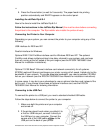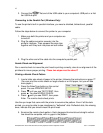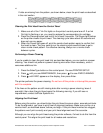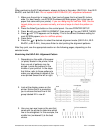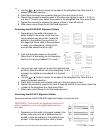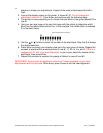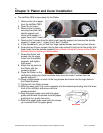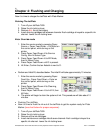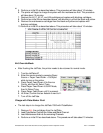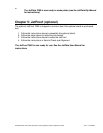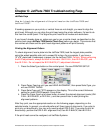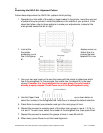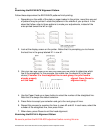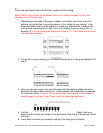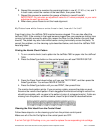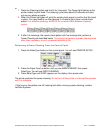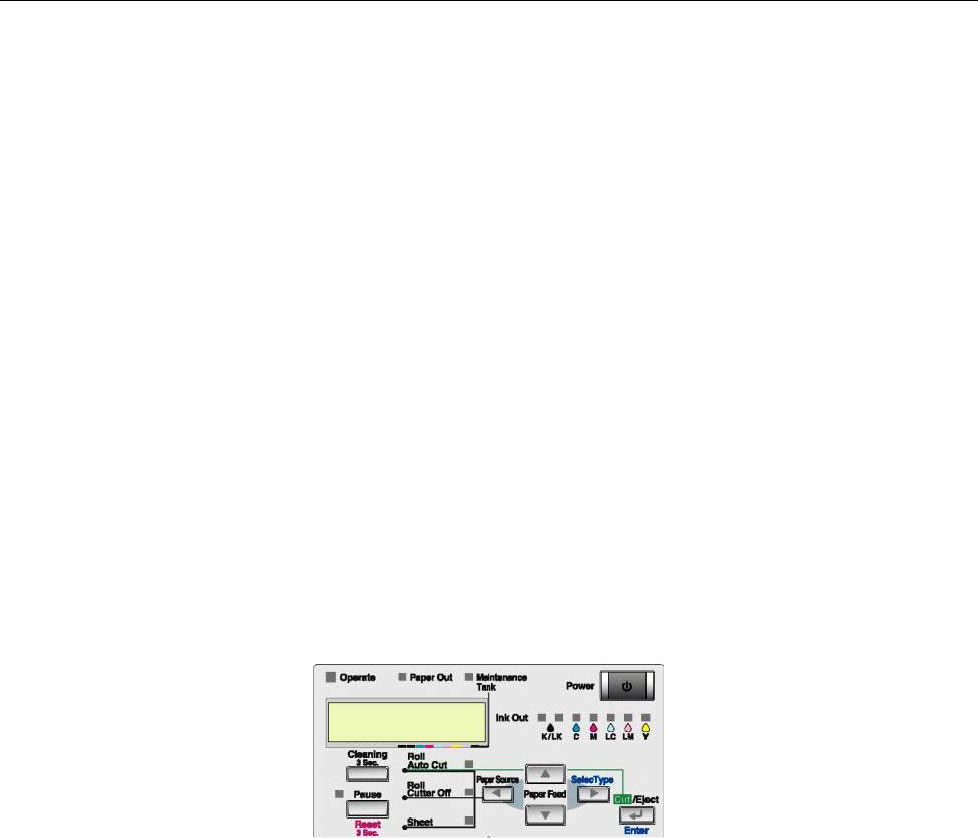
24
Chapter 6: JetPlate 7600 Troubleshooting Faqs
JetPlate Faqs
How do I check the alignment of the print head on the JetPlate 7600 and
JetProof 7600?
If banding appears on your prints, or vertical lines are not straight, you need to align the
print head. Although you can align the print head using the printer software, it's best to do
this from the control panel. This aligns the print head for all modes and resolutions.
If you haven't already done so, make sure you've run a nozzle check, as described on the
nozzle check page JetPlate 7600 Nozzle Check Faq, before you begin. This ensures that
the nozzles are clean and the print head alignment patterns will print correctly.
Printing the Alignment Pattern
To check alignment, load a plate into the JetPlate 7600 (load the largest plate possible,
using the widest possible side not to exceed 24 inches. As an example, if you have a
13"x19" plate load it landscape) or paper into the JetProof 7600. Caution: When performing
the BI-D adjustments, always do them in this order: UNI-D ALL, then BI-D BLACK, and
then Bl-D ALL. Do not repeat the BI-D BLACK (K1) adjustment afterward.
1. Press the SelecType button on the control panel. You see PRINTER SETUP.
2. Press Paper Feed up until you see HEAD ALIGNMENT, then press SelecType, you
will see PAPER THKNS.
3. Press SelecType until *STD appears on the display. This is the correct thickness
setting for most EPSON papers. Press Enter.
4. Press the Paper Feed up or down button to select the desired alignment mode (UNI-
D ALL, BI-D BLACK, or BI-D ALL), and then press Enter to start printing the
alignment patterns.
After they print, see the appropriate section on the following pages, depending on the
selected mode. In general, you should perform all three types of alignments. If you plan to
print only uni-directionally, you may only need to adjust UNI-D ALL. If you plan to print bi-
directionally, perform the UNI-D ALL alignment first, then BI-D BLACK, then BI-D ALL.
If the print head cannot be realigned, call JetPlate Systems.
All Trademarks used in this document are the properties of their respective owners. Rev. 1.3 4/6/2004



